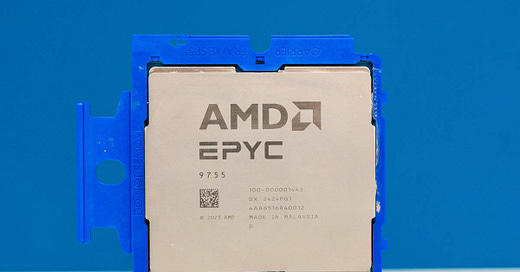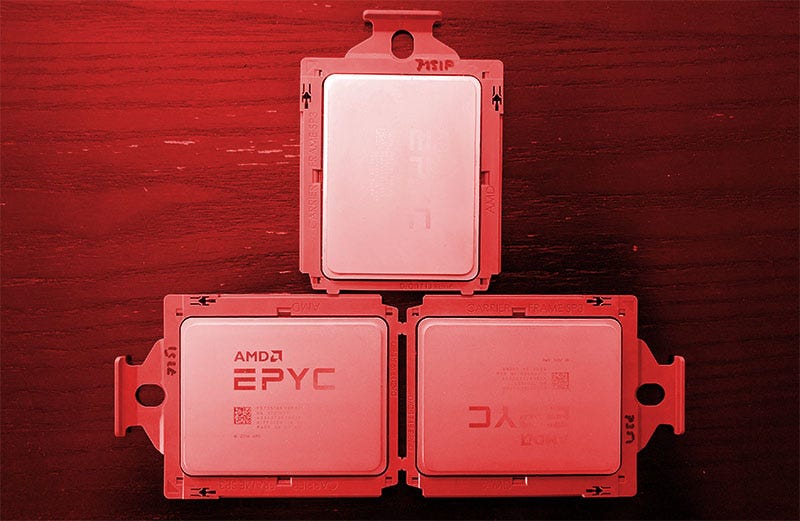For those who do not know, I spent a week in Taiwan already this year speaking with OEMs/ ODMs and taking apart systems for STH content that will be released in the first half 2025. While there, I heard a consistent, sometimes shocking message from many companies we visited. While everyone in the industry is focused on the huge CapEx outlays for the AI build-out, AMD is making headways in the traditional server market.
Having some sense of market share is vital not just for others but also for STH. There are times when new generations of CPUs have outlandishly great features, but due to the slower moving market, platforms can be behind schedule or the market may simply not be ready to consume them.
On the STH side, we have a good sense of trends because we keep stats on things like AMD EPYC versus Intel Xeon page views. With a large enough population and stats that go back years, we have a good sense on when market shifts will happen. A great example of this was the AMD EPYC 7002 “Rome” launch, during which we saw AMD EPYC page views surpass Intel Xeon page views for the first time that August. The chips were 2+ years ahead of what Intel had at the time, but AMD’s market share started to move slowly.
That traffic pattern differed from the first, then “Naples” products, where initial interest faded. Before “Rome” AMD was competing on price and scratched a mid-to-low single digit market share by early 2019. Platforms were slowly becoming available for Naples. The market was priming for Rome.
The market will be very different in 2025. Intel said it will soon launch the Xeon 6700P series, codenamed “Granite Rapids-SP,” but we already know that platform from the 6700E series and Granite Rapids from the larger 6900P series. Also, given Intel’s new posture on the Xeon 6900E series, “Sierra Forest-AP,” which we covered in our last post, we have a good sense of how 2025 will shake out.
With that, I thought it would be worthwhile to float a market share number for 2025 for AMD, and why we are using that figure.






